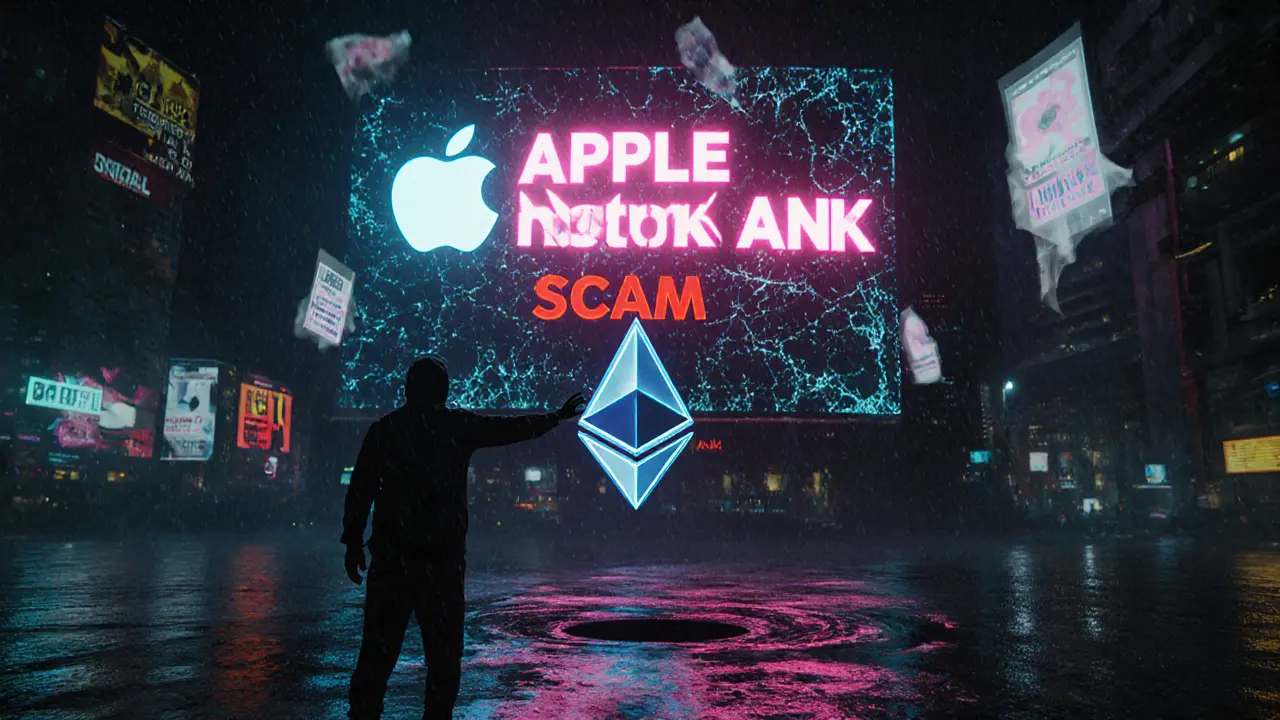Fake Cryptocurrency: How to Spot Scams and Avoid Rug Pulls
When you hear about a new crypto coin promising 100x returns with no whitepaper or team, you’re likely dealing with a fake cryptocurrency, a digital asset created to trick investors, often with no underlying technology, utility, or legitimate development. Also known as pump-and-dump token, it disappears as soon as money flows in—leaving holders with worthless tokens. These aren’t just bad investments—they’re digital frauds designed to look real until it’s too late.
Look at projects like IslandSwap, a crypto exchange with zero reviews, no team, and no security info—it’s a textbook fake. Or EzyStayz (EZY), a token launched to power vacation rentals but now abandoned with zero trading volume and no team. These aren’t glitches—they’re patterns. Fake crypto projects share the same red flags: no audits, fake volume, anonymous teams, and promises that sound too good to be true. And they’re not rare. In 2025, over 70% of new DeFi tokens launched with no verifiable code or team, according to blockchain forensics firms tracking scams.
It’s not just about dodging shady exchanges. Fake cryptocurrency often hides behind fake airdrops, cloned websites, and bots that inflate trading numbers. You might think you’re joining a new GameFi project like HeroesTD (HTD), a token promoted on CoinMarketCap as a legitimate airdrop, but if the team is invisible and the contract hasn’t been verified, you’re at risk. Even legitimate platforms like CoinMarketCap can list fake tokens because they don’t verify projects—only track data. That’s why you need to dig deeper. Check the blockchain. Look at the wallet activity. See if anyone’s actually using it. If the only buyers are new addresses created minutes ago, it’s a trap.
The real danger isn’t just losing money—it’s wasting time on projects that don’t exist. You’ll find dozens of these in the posts below: exchanges with no history, tokens with no utility, and teams that vanish after the launch. Some are outright scams. Others are just dead projects pretending to be alive. Either way, they all follow the same playbook. You don’t need to be a coder to spot them. You just need to know what to look for—and what to ignore. Below, you’ll see real examples of fake crypto projects, how they were exposed, and how to protect yourself before the next one hits your feed.




